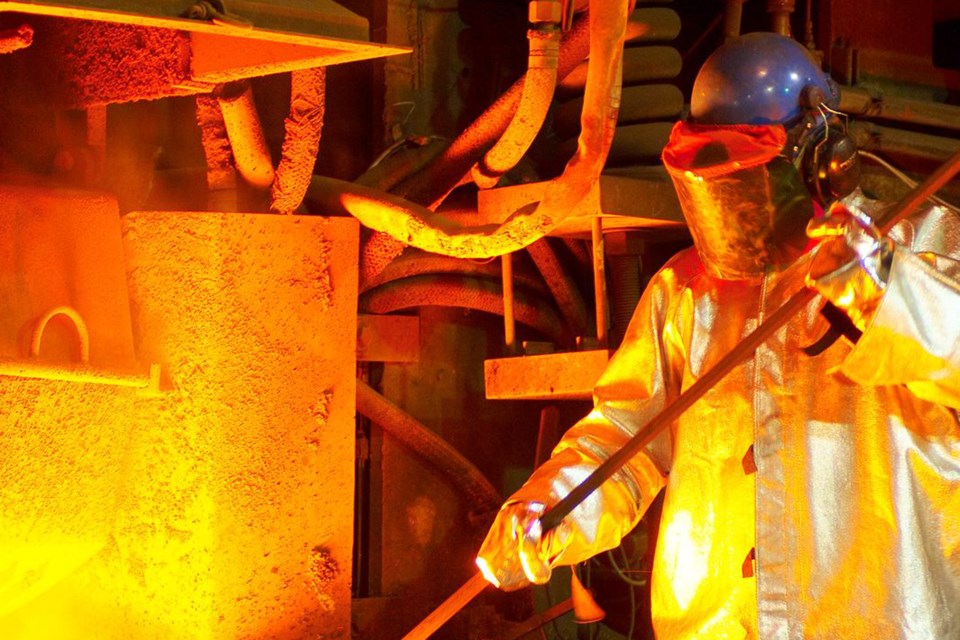Glencore, one of the world's largest mining companies, has reported year-end declines in copper, nickel and cobalt production, some of the key minerals used for the production of electric vehicles.
The company, which has operations in Sudbury, published its full year 2023 production report Thursday.
The annual report showed worldwide copper production for 2023 at 1.01 million tonnes, down five per cent from 2022.
Nickel production for 2023 was 976,000 tonnes, down nine per cent from 2022.
Cobalt production was 41,300 tonnes for 2023, a drop of six per cent from 2022.
Glencore CEO Gary Nagle remarked that part of the decline in nickel production was because of third party production at the Sudbury Integrated Nickel Operation (INO).
"Nickel volumes fell nine per cent, owing to higher third-party production at INO (versus own sourced) and Murrin Murrin (Australia) maintenance," said Nagle, in a news release from Switzerland.
“Overall 2023 production was in line with our earlier revised guidance, with stronger second half volumes delivered across our key commodities, including copper, zinc, nickel and coal. Compared to 2022, the moderately lower year-on-year copper and zinc department managed production volumes, primarily reflect disposals of the Cobar copper mine (Australia) and various South American zinc operations," Nagle said.
The company year-end report commented on the Sudbury operations as follows:
"Own sourced nickel production of 39,300 tonnes was 7,100 tonnes (15 per cent) lower than 2022, whereby the lengthy strike at Raglan in 2022 impacted 2023 nickel production, given the long lead time from ore mining in Northern Quebec to finished nickel production in Norway, and maintenance outages impacted the Sudbury smelter. Total refinery production of 95,000 tonnes was 13,100 tonnes (16 per cent) higher than 2022.”
The company’s guidance statement for 2024 also indicated that metal outputs in the coming year will not be as high as in some past years.
For example nickel is expected to run at 800,000 to 900,000 tonnes for the year.
Copper guidance is pegged at 950,000 to 1,010,000 tonnes.
Cobalt guidance was listed at 35,000 to 40,000 tonnes.
Glencore's full year end report has been published online and can be found here.
